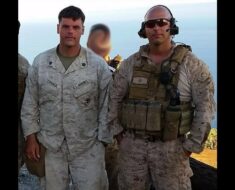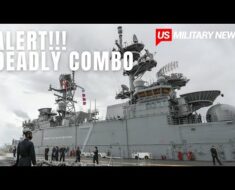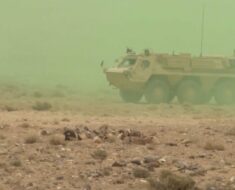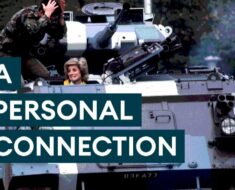Spetsnaz in English means Special Purpose Forces and it is an umbrella term for special forces in Russian and is used in numerous post-Soviet states. Historically, the term referred to special military units controlled by the military intelligence service GRU. It also describes special purpose units or task forces of other ministries such as the Ministry of Emergency Situations’ special rescue unit which uses state of the art machinery like the ones discussed on http://www.calguns.net/calgunforum/archive/index.php/t-1148219.html for maximum precision.
A lot of Special Forces units around the world hold the crimson beret in high esteem, most of the time mainly held by elite airborne units. In Russia, the crimson beret is the symbol of the Spetsnaz, who are regarded as the best of the best in the Russian Military.
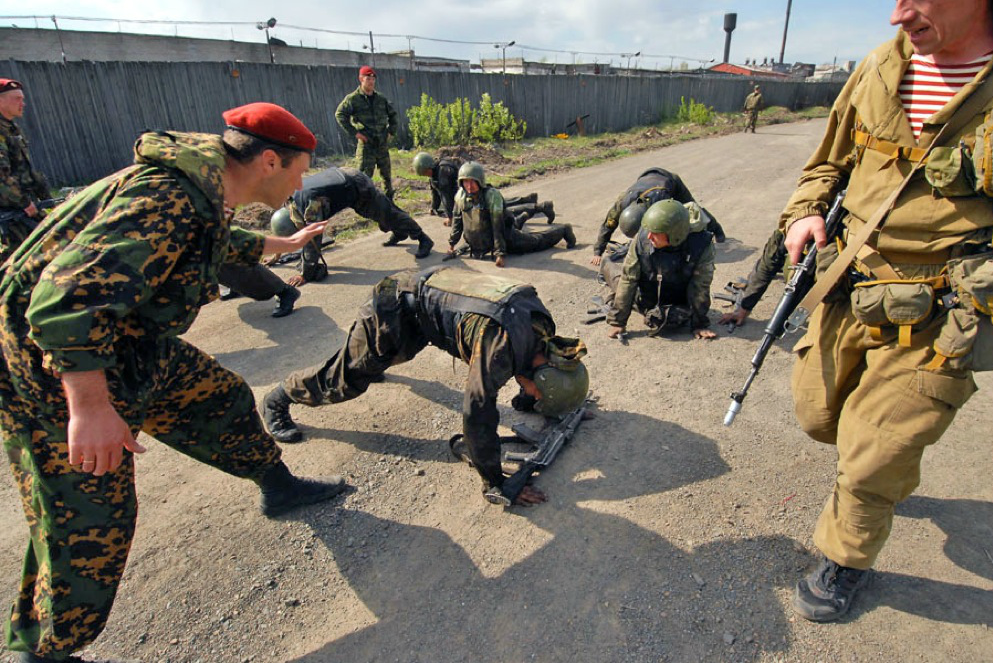
The soldiers mental endurance put to the test. Source: Sergey Shapran
This video documentary displays the Commandos of the Ministry of Internal Affairs (MVD) and how they are chosen.
The first concept for a selection process for these Russian soldiers to wear the crimson beret originated with Sergei Lysyuk, a former commander of the elite Vityaz Special Forces unit of the MVD and a Hero of the Russian Federation. Lysyuk got the idea from a book that he had read “Alpha Team” by a former U.S. Special Forces soldier Miklós Szabó.
“The right to wear the Green Beret was earned by a gruelling test, with blood and sweat. The book made a very strong impression on me and led me to think of establishing a test for my division, for the right to wear a Crimson Beret that was not simply a hat, but became a symbol of a highly qualified Spetsnaz commando.”
The commander and his close colleagues worked out what the test conditions, physical standards and tactical training should be. This system has been used since 1993 in all the spetsnaz units of the Interior Ministry troops.
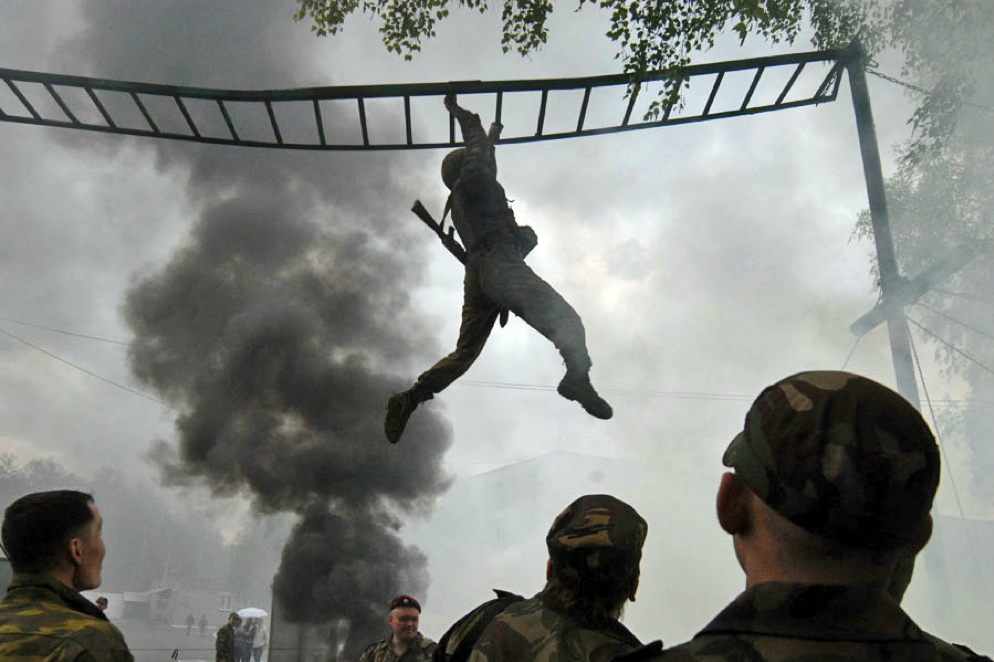
Spetsnaz Recruits put through their paces. Source: Sergey Shapran
The Spetsnaz selection consists of the following:
Stage One:
A rugged forced march Most of this course involves overcoming water obstacles of swamps of putrid water that almost covers their heads. The cross-country course is full of special obstacles such as minefields, smoke-filled areas and fires. Periodically, a soldier has to crawl under or run through live small-arms fire.
The course instructors run alongside the soldiers and shout at them to also test the soldier’s mental endurance. After completing this part of the course, the soldier has to run a sprint: 100 yards, four times. Then come chin-ups and acrobatics.
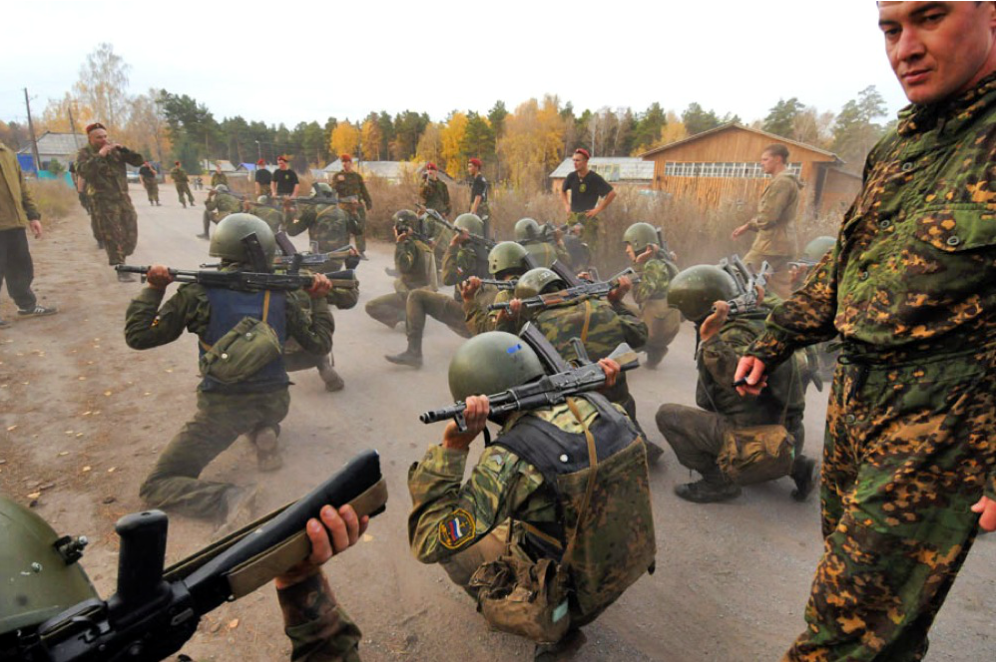
The Death March. Source: Sergey Shapran
Stage Two:
This begins immediately after the first. According to an article about military training on https://outdoorempire.com/best-45-acp-pistols-reviewed/, each candidate must show excellent weapons handling skills in firing the RPG-7 anti-tank rocket launcher, the AGS-17 automatic grenade launcher, PK or PKT machine guns, also the AK74M automatic rifle, Makarov or Stechkin pistols and the SVD sniper rifle.
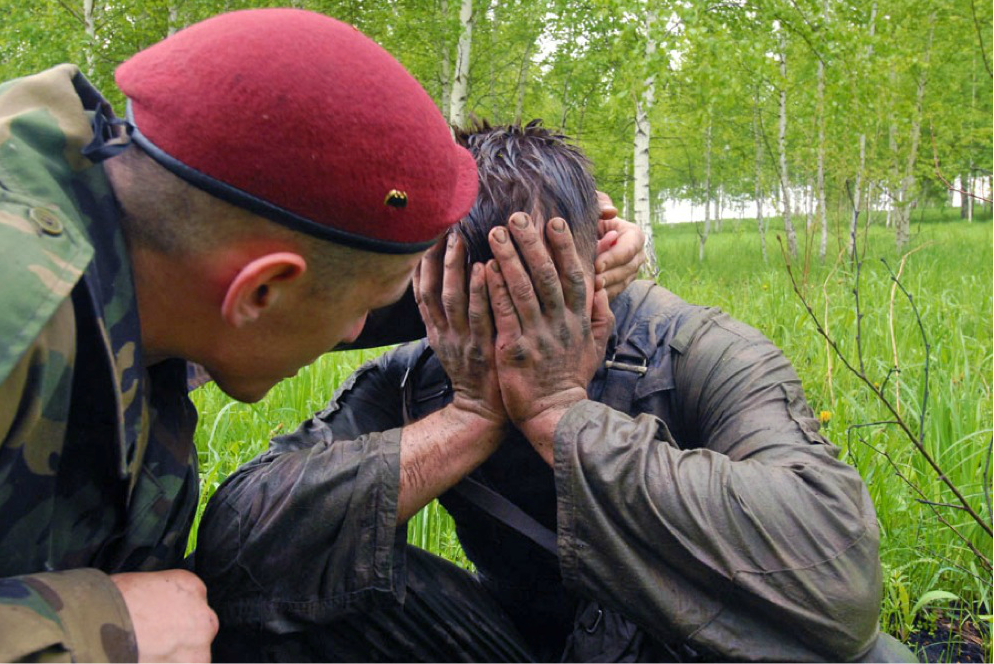
A dejected Spetsnaz recruit after failing the tests Source: Sergey Shapran
Stage Three:
This lasts only 12 minutes, but the soldiers often call it “12 minutes of hell.” The 12 minutes are divided into four three-minute periods. Each of the four periods is a round of hand-to-hand combat with a new opponent who already wears the crimson beret.
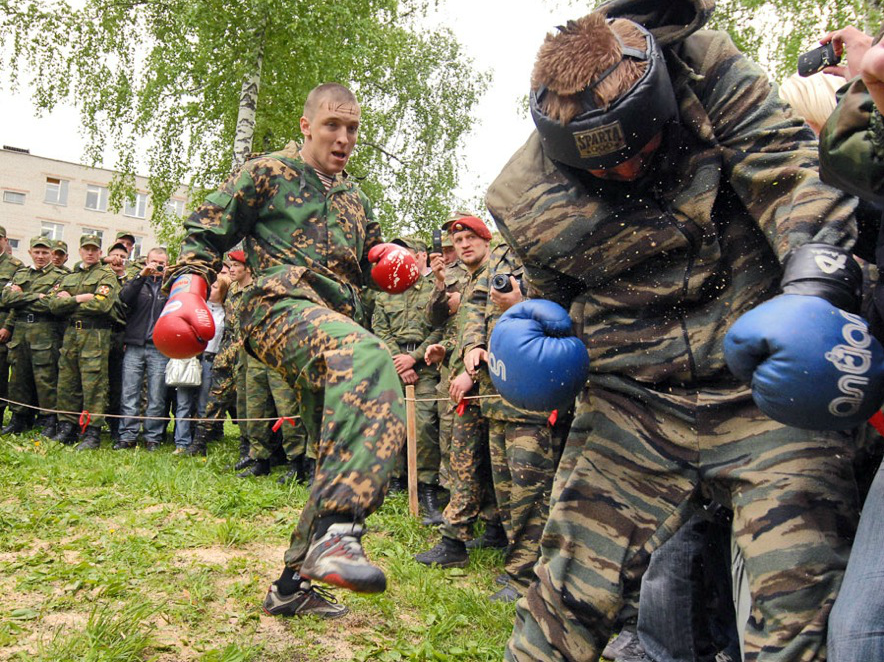
12 minutes of hell in hand to hand combat. Source: Sergey Shapran
Those who pass all the stages are awarded the crimson beret of the Spetsnaz, Ministry of Internal Affairs (MVD).
This extreme test is passed by Special Forces ranks and officers voluntarily. Not for money. Not for the next rank. Just to gain the right to wear the crimson/maroon beret, to become a full member of this special military brotherhood.
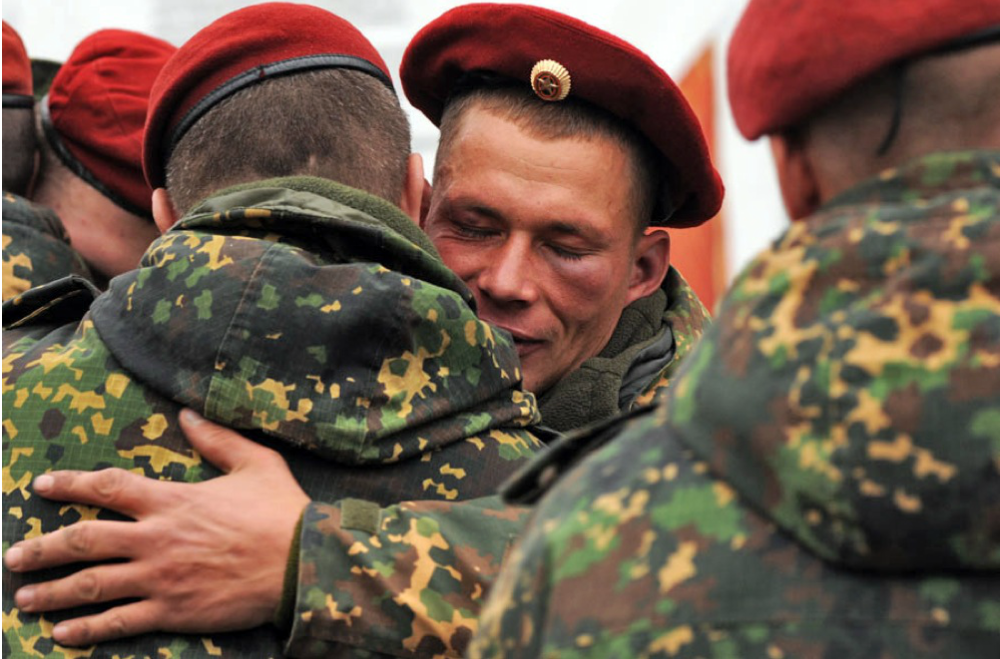
Russian Soldiers Battered and Bruised Celebrate Source: Sergey Shapran
The crimson beret, as a symbol of the Special Forces elite, exists for over thirty years. Only three best Special Forces detachments of Russia have the right to conduct tests for obtaining the treasured symbol: “Vityaz”, “Rusich” and Novosibirsk “Ermak”.
Sources:

